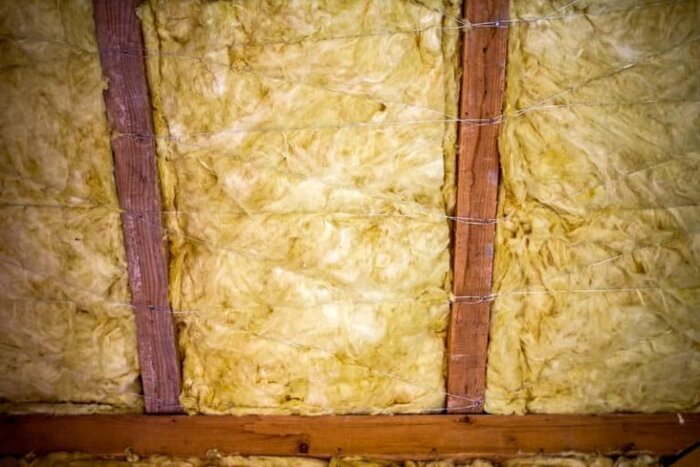
Insulation is a key player in your home’s energy system. Sufficient, geo-specific insulation can reduce your home’s energy spending because it reduces heating/cooling costs. When you consider that 40% to 70% of a home’s energy consumption is directed towards heating/cooling – air sealing and insulation becomes a significant priority.
Most people understand the need for insulation in the attic and exterior wall spaces, but they often forget that insulation is necessary for crawls spaces as well. These wide-open spaces – many of which are ventilated – can act like heating/cooling vacuums when they aren’t adequately insulated.
There’s another reason why crawls spaces require insulation: moisture control. Many crawl spaces are susceptible to the moisture or condensation that occurs due to fluctuations in temperature and humidity – or water that collects below and around the foundation. If your ventilated crawl spaces are insulated but don’t have the right moisture barrier in place, they provide the perfect environment for mold, compromising your home’s structural integrity and negatively impacting indoor air quality.
If your home was built before the 1990s, we can almost guarantee your crawl spaces require an insulation upgrade if one hasn’t been done already. If you live in a home that is 20-years old or less, it’s still worth a peek underneath the house and any additional crawlspaces to establish whether your crawl spaces are insulated or not.
Here are some of the most common signs indicating the insulation in crawl spaces and other locations needs replacing or an update:
Any of these signs mean it’s time to schedule an inspection from a licensed, insulation contractor who can let you know what – if any – crawlspace insulation modifications are necessary.
Not all crawl spaces are created equal, and knowing what you’re dealing with ensures you insulate them correctly.
Some are ventilated, which means they’re vulnerable to moisture and are typically found underneath the floor of your home. In addition to the insulation, you’ll want to seal any gaps or air leaks from electrical, plumbing, venting, or other penetrations in the subflooring. As long as you're underneath the house – or in the crawlspaces – use the opportunity to insulate air ducts and plumbing pipes to further optimize efficiency.
Then, install a vapor (moisture) barrier between the exterior and interior crawl space surface, before adding the insulation, to keep inevitable moisture from seeping through.
If a crawl space isn’t ventilated, you’ll only need to insulate the walls, rather than the subfloor above.
Here are additional tips for obtaining professional-quality crawl space insulation:
While insulation can be installed in DIY fashion, it’s not recommended. Firstly, insulating attics, walls and crawl spaces isn’t an easy task, and it takes non-professional contractors far longer that blogs or YouTube videos may indicate. Replacing insulation also requires a level of agility and physical ability (not to mention tolerance for small, enclosed spaces) that a DIYer may not have or be able to sustain. You may wind up spending money – and hours – attempting the feat, only to cease the project and hire a professional anyway.
Installing crawl space insulation also requires protective gear, finesse, and specialized equipment to help the work go smoothly, and to not make a mess. Finally, with a home repair as essential to whole-home energy efficiency, moisture control and indoor air quality as updated insulation is – it’s essential that the job is done right. Otherwise, all that time, energy and cost will have been wasted.
Would you like to schedule an insulation inspection with a licensed, Bay Area insulation contractor? Contact us here at Attic Solutions to schedule a free estimate.